
The Rijksmuseum is the national museum of the Netherlands dedicated to Dutch arts and history and is located in Amsterdam. The museum is located at the Museum Square in the borough of Amsterdam South, close to the Van Gogh Museum, the Stedelijk Museum Amsterdam, and the Concertgebouw.
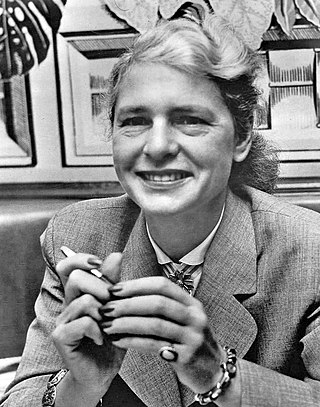
Margaret Bourke-White was an American photographer and documentary photographer. She was arguably best known as the first foreign photographer permitted to take pictures of Soviet industry under the Soviets' first five-year plan, as the first American female war photojournalist, and for taking the photograph that became the cover of the first issue of Life magazine. She died of Parkinson's disease at age 67.
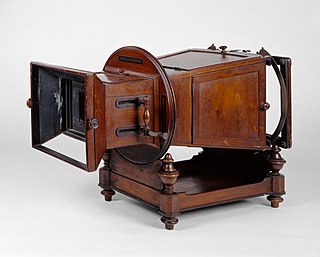
The megalethoscope is a larger version (mega-) of the alethoscope, which it largely superseded, and both are instruments for viewing single photographs with a lens to enlarge and to create some illusion of three-dimensionality. They were used to view photographic albumen prints that were coloured, perforated and mounted on a curved frame. Night effects were achieved when viewing pictures in transmitted light from a fitted oil or kerosine lamp and a daytime version of the same scene was seen when lit by the reflected light from two side mirrors. They are sophisticated versions of the peep show, and were designed by Carlo Ponti of Venice before 1862. Lke the similar graphoscope which descends from the eighteenth century zograscope predating photography, these devices were, and are, often confused with the stereoscope which was of a different design and effect. Improvements to the megalethoscope over the alethoscope, mainly the addition of a compound lens, are detailed in The Practical Mechanic's Journal of 1867.
Photography in China dates back to the mid-19th century with the arrival of European photographers in Macao. In the 1850s, western photographers set up studios in the coastal port cities, but soon their Chinese assistants and local competition spread to all regions.
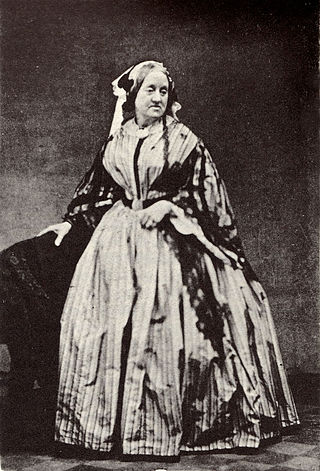
Anna Atkins was an English botanist and photographer. She is often considered the first person to publish a book illustrated with photographic images. Some sources say that she was the first woman to create a photograph.

Adolfo Farsari was an Italian photographer based in Yokohama, Japan. His studio, the last notable foreign-owned studio in Japan, was one of the country's largest and most prolific commercial photographic firms. Largely due to Farsari's exacting technical standards and his entrepreneurial abilities, it had a significant influence on the development of photography in Japan.
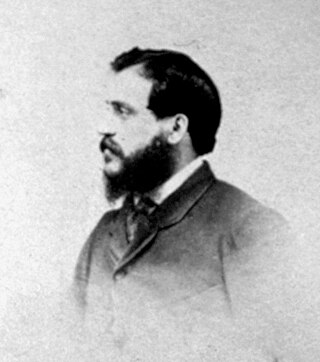
Felice Beato, also known as Felix Beato, was an Italian–British photographer. He was one of the first people to take photographs in East Asia and one of the first war photographers. He is noted for his genre works, portraits, and views and panoramas of the architecture and landscapes of Asia and the Mediterranean region. Beato's travels gave him the opportunity to create images of countries, people, and events that were unfamiliar and remote to most people in Europe and North America. His work provides images of such events as the Indian Rebellion of 1857 and the Second Opium War, and represents the first substantial body of photojournalism. He influenced other photographers, and his influence in Japan, where he taught and worked with numerous other photographers and artists, was particularly deep and lasting.
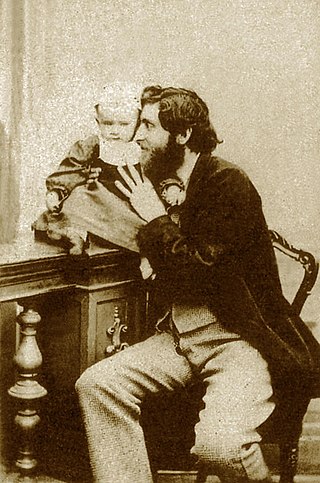
Giorgio Sommer (1834–1914) was one of Europe’s most important and prolific photographers of the 19th century. Active from 1857 to 1888, he produced thousands of images of archeological ruins, landscapes, art objects and portraits.
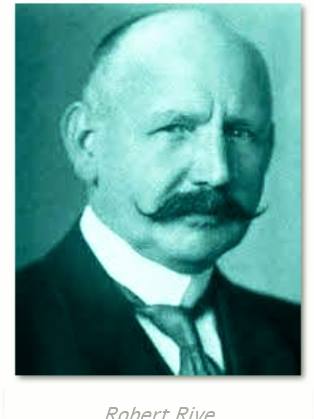
Robert Rive was a 19th-century photographer who was born in Great Britain but developed most of his work in Italy. After several years working in this country he changed his name to Roberto Rive. The main collections of his work are the photos from Pompei and Rome in the 1860s and 1870s. Rive exhibited at the "10th Annual Exhibition of the Photographie".
Pieter Hugo is a South African photographer who primarily works in portraiture. He lives in Cape Town.
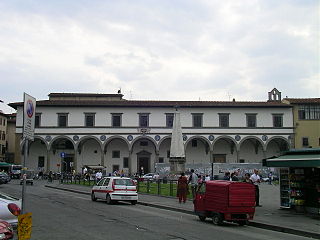
The Museo Nazionale Alinari della Fotografia, formerly Museo della Storia della Fotografia Fratelli Alinari is a photography museum located in part of the premises of the former Ospedale di San Paolo in the Piazza Santa Maria Novella in Florence, region of Tuscany, Italy). It hosts special exhibitions on a regular basis and possesses 350.000 vintage prints from the 19th and 20th centuries. The museum closed in 2012.
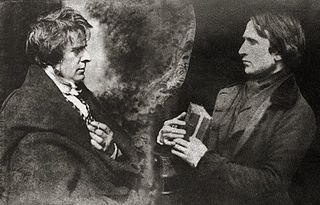
Hill & Adamson was the first photography studio in Scotland, set up by painter David Octavius Hill and engineer Robert Adamson in 1843. During their brief partnership that ended with Adamson's untimely death, Hill & Adamson produced "the first substantial body of self-consciously artistic work using the newly invented medium of photography." Watercolorist John Harden, on first seeing Hill & Adamson's calotypes in November 1843, wrote, "The pictures produced are as Rembrandt's but improved, so like his style & the oldest & finest masters that doubtless a great progress in Portrait painting & effect must be the consequence."
Steven Franklin Joseph is a collector and historian of photography, active in Belgium.
Jacobus Anthonie Meessen was a Dutch photographer who took more than 250 portraits and landscapes of the Dutch East Indies between 1864 and 1870. Born to a carpenter in Utrecht, Meessen worked in that trade in the Indies before marrying in the Netherlands in the early 1860s. He returned to the colony in 1864, intent on documenting its land and people. He worked mostly in the capital of Batavia, Java, and Padang, Sumatra; he also photographed Bangka, Belitung, Borneo, and Nias.

Modern Times: Photography in the 20th Century was the first exhibition focussed on artists of the 20th century to be held by the Rijksmuseum in Amsterdam. The show, whose title is also Modern Times in Dutch and which ran from November 2014 to January 2015, was also the first exhibition to be held in the re-opened Philips Wing, a part of the museum that was remodeled to host temporary exhibitions. It was the museum's second photography exhibition after its successful A new art: Photography in the 19th century, held in 1996.

Lai Afong was a Chinese photographer who established Afong Studio, considered to be the most successful photographic studio in the late Qing Dynasty. He is widely acknowledged as the most significant Chinese photographer of the nineteenth century.

Gabriel Lekegian, also known as G. Lékégian, was an Armenian painter and photographer, active in Constantinople and Cairo from the 1880s to the 1920s. Little is known about his life, but he left an important body of work under the name of his studio ‘Photographie Artistique G. Lekegian & Cie’. With a large number of now historical photographs of Ottoman Egypt, he documented the country at the turn of the 19th century. Among other collections, his photographs are held in the New York Public Library and the Victoria and Albert Museum, London.
Peter Johnston Galassi is an American writer, curator, and art historian working in the field of photography. His principal fields are photography and nineteenth-century French art.

The history of photography in Albania begins with the Marubi Dynasty and its founder Pietro Marubi (1834–1903), who settled in the northwestern city of Shkodër from Piacenza, Italy during the second half of the nineteenth century and opened the first photography studio there in 1858. Having no children of his own, Marubi's first assistants and faithful successors were Mati and Kel Kodheli, the sons of his gardener Rrok Kodheli. Pietro sent Mati, the elder of the two brothers, to study photography at the Sebastianutti & Benque studio in Trieste. When Mati died prematurely at age nineteen, in 1881, Pietro adopted Kel, whom he also sent to Italy to study and who would later assume the surname Marubi. Upon Pietro's death in 1903, Kel inherited his adopted father's studio and continued its work. He, in turn, was followed into business by his own son, Geg Marubi, who studied photography and cinematography in France at the Lumière brothers’ studio.
Elger Esser is a German landscape photographer, living in Düsseldorf. "He is primarily associated with large-format images of European lowlands with his characteristic low horizon lines, pale luminous colours and vast skies".














